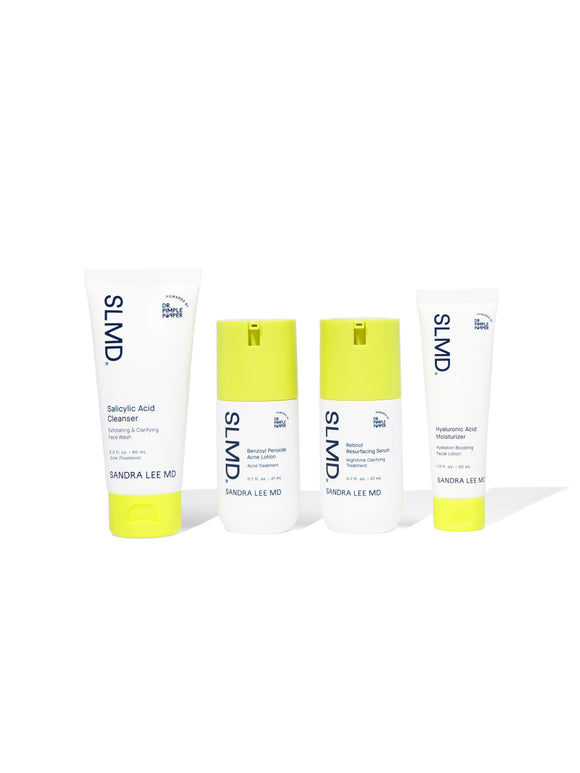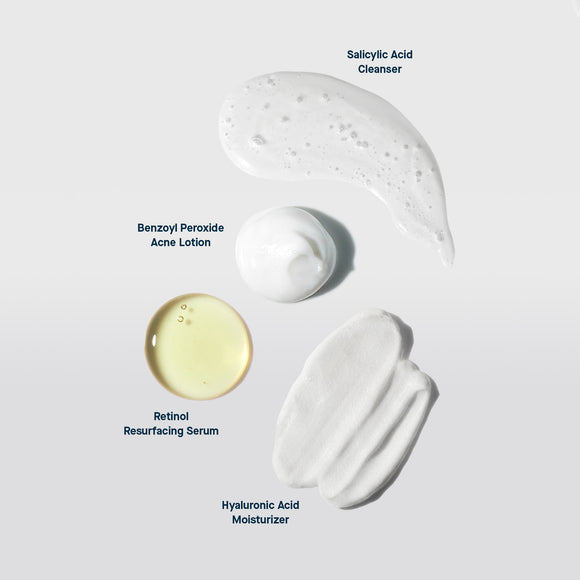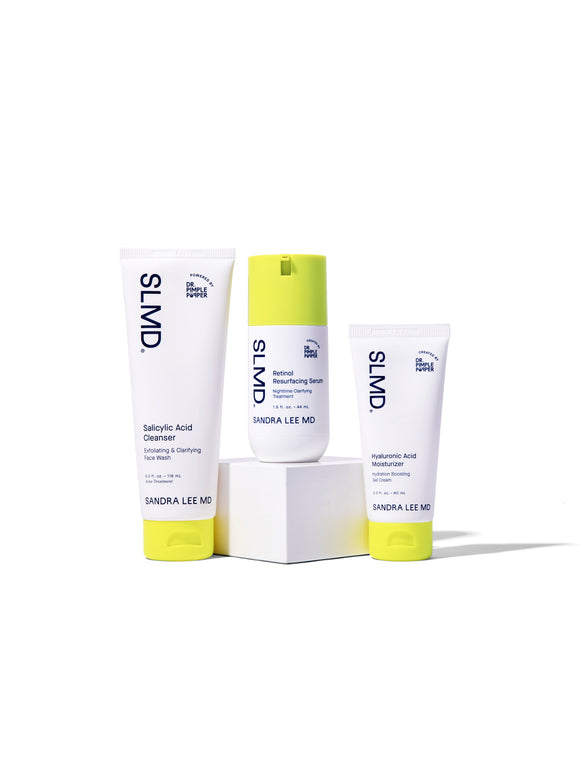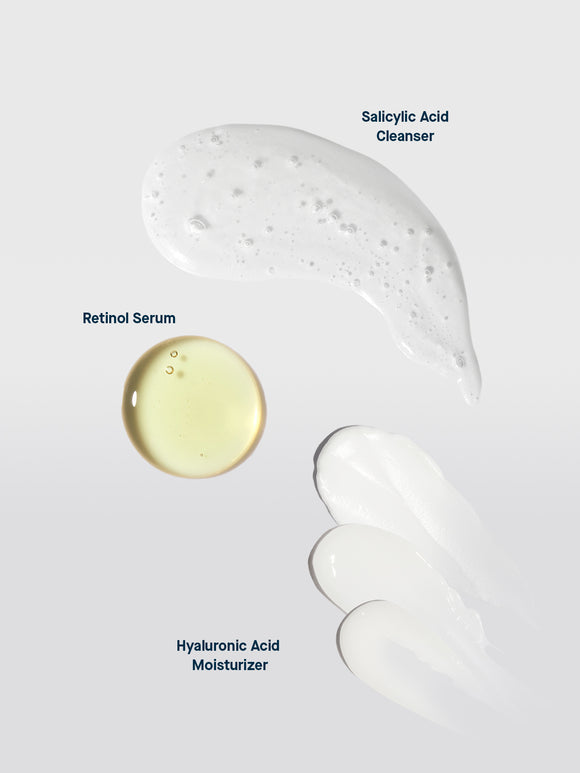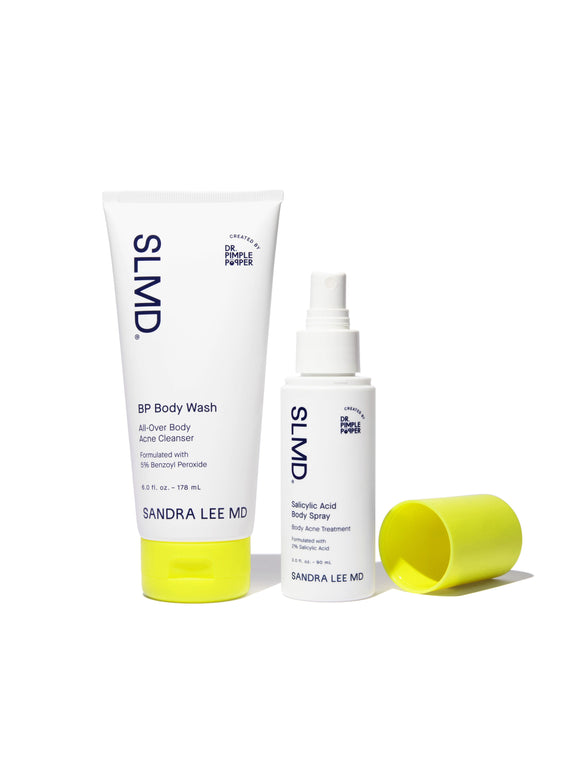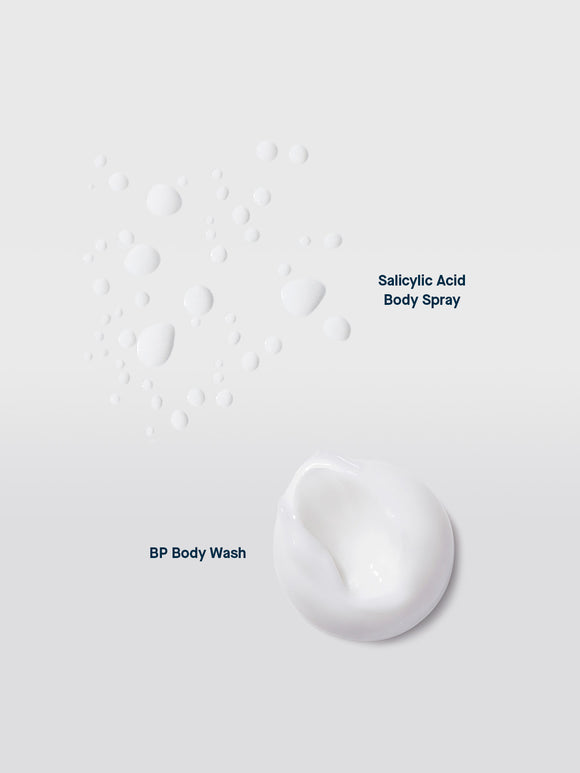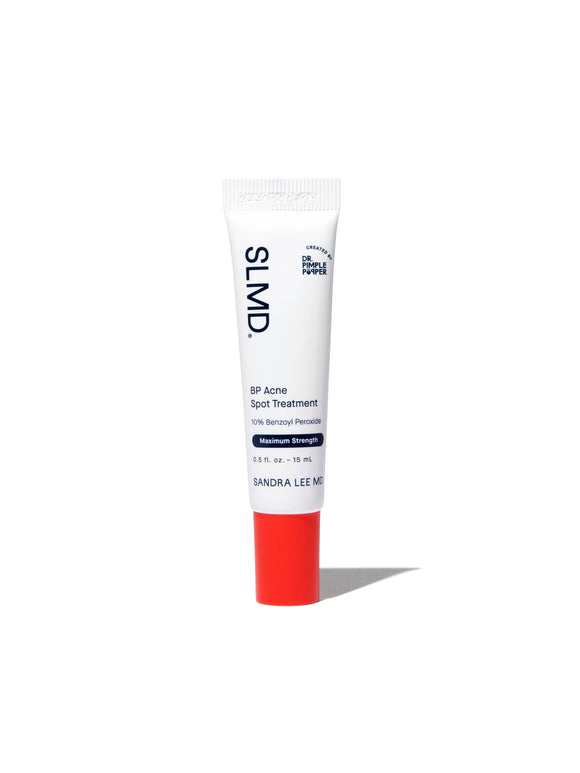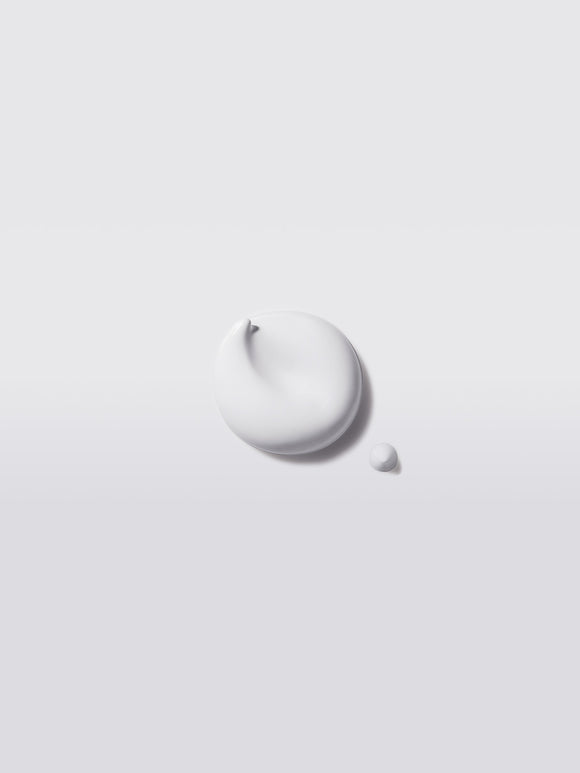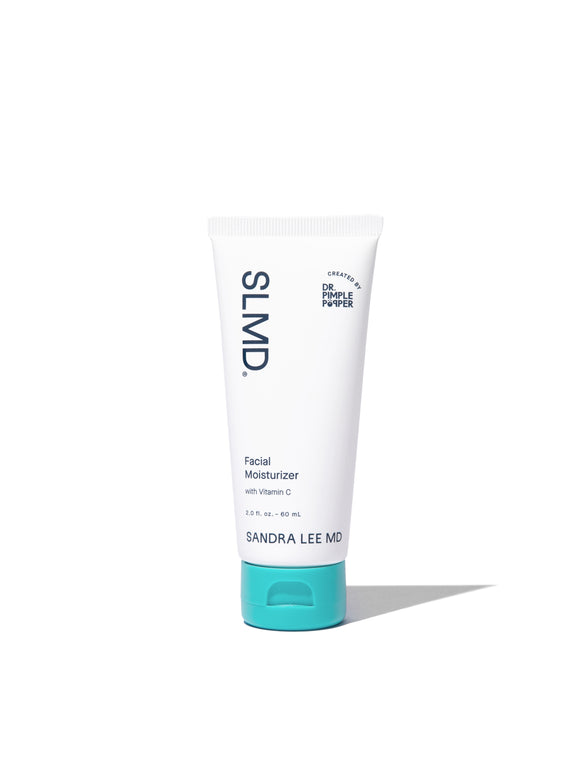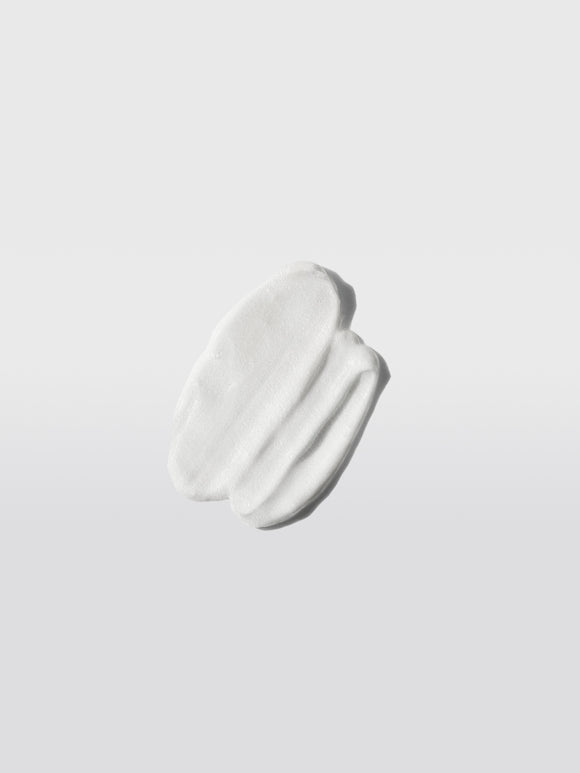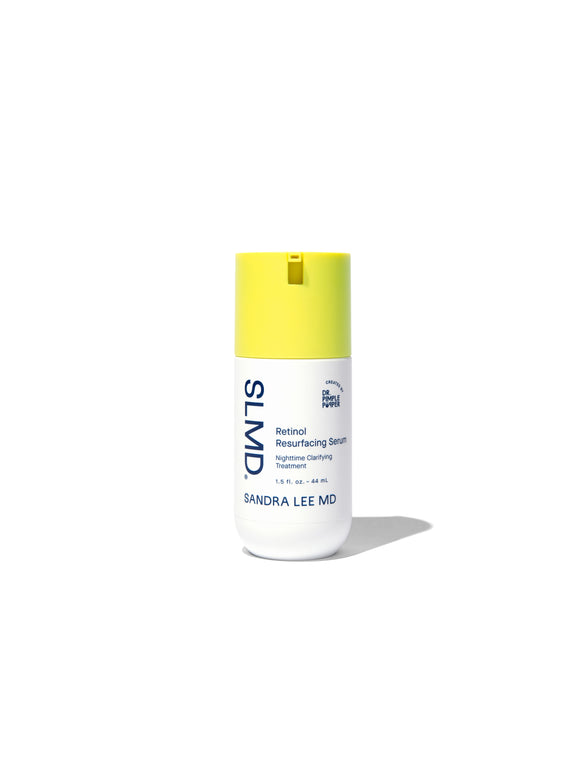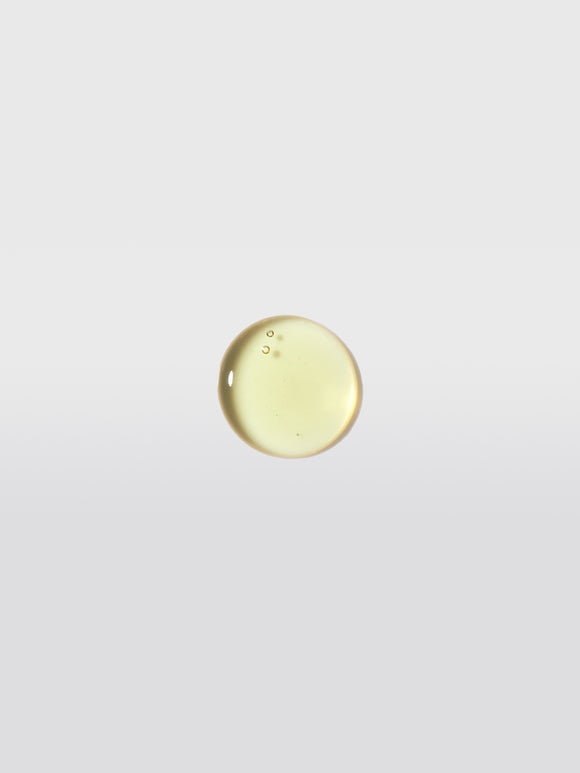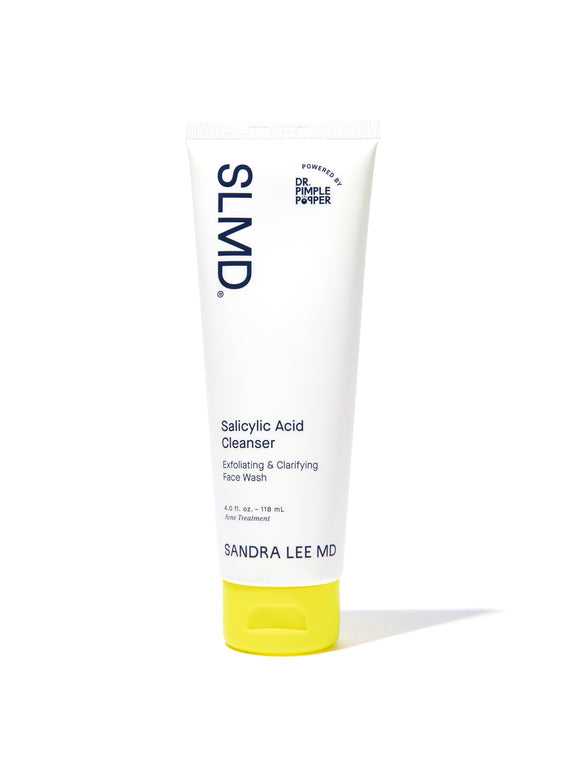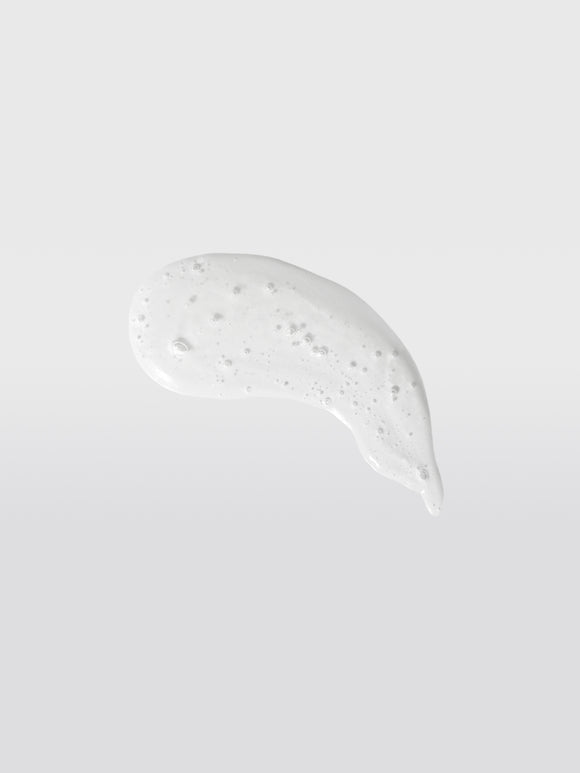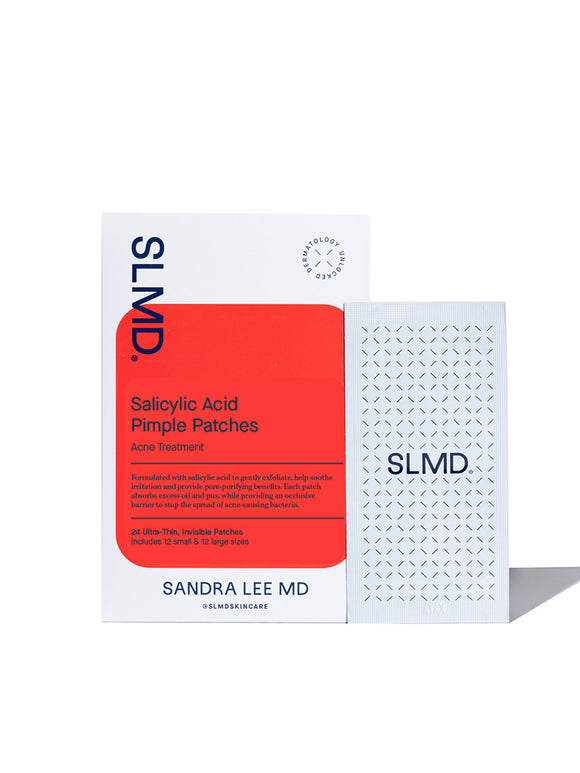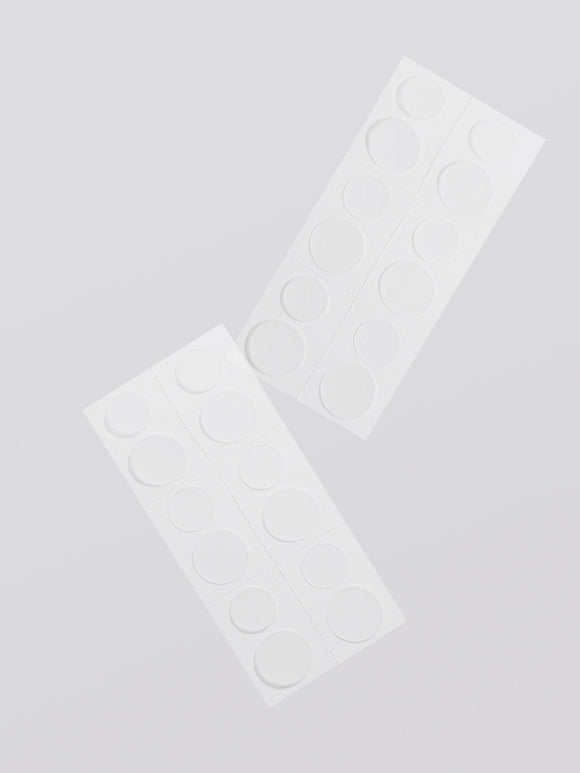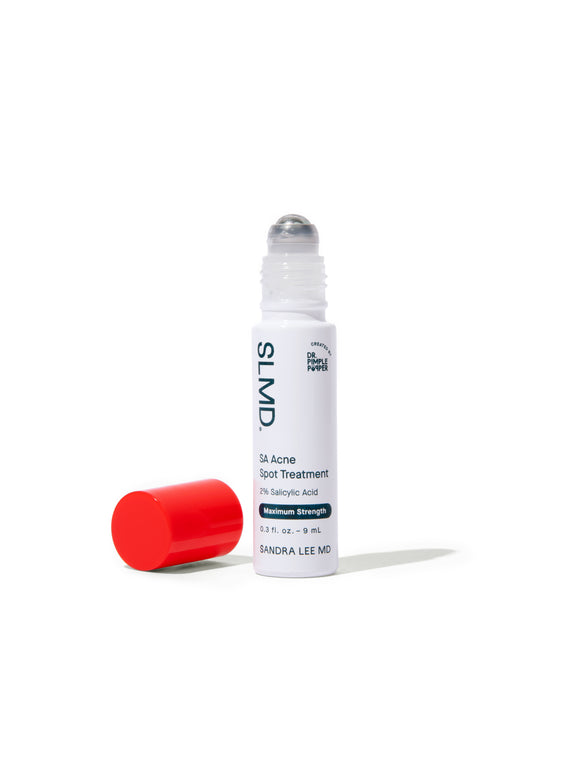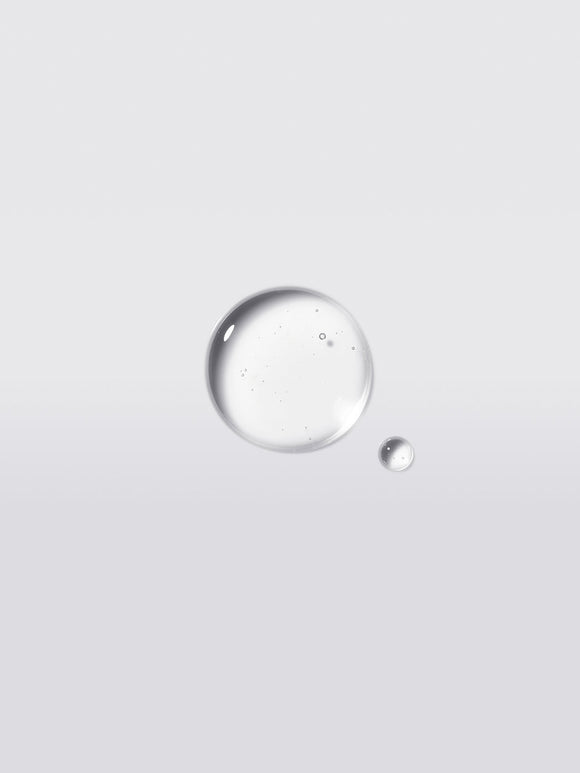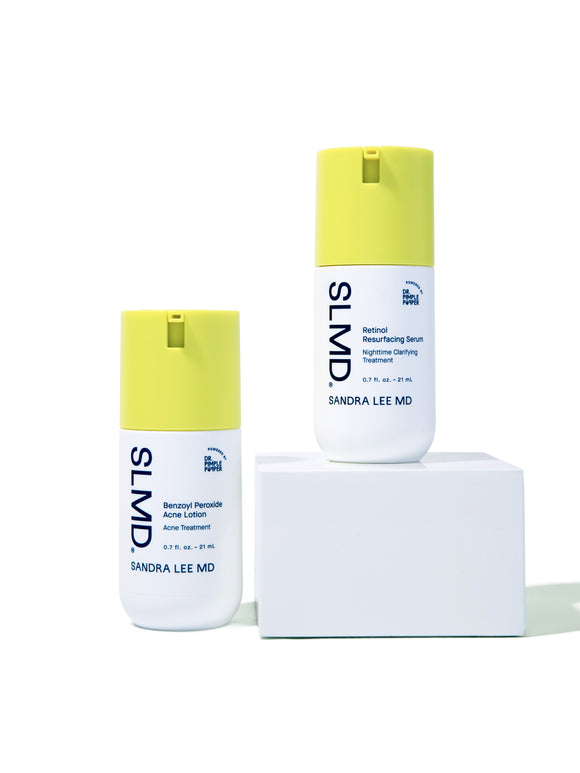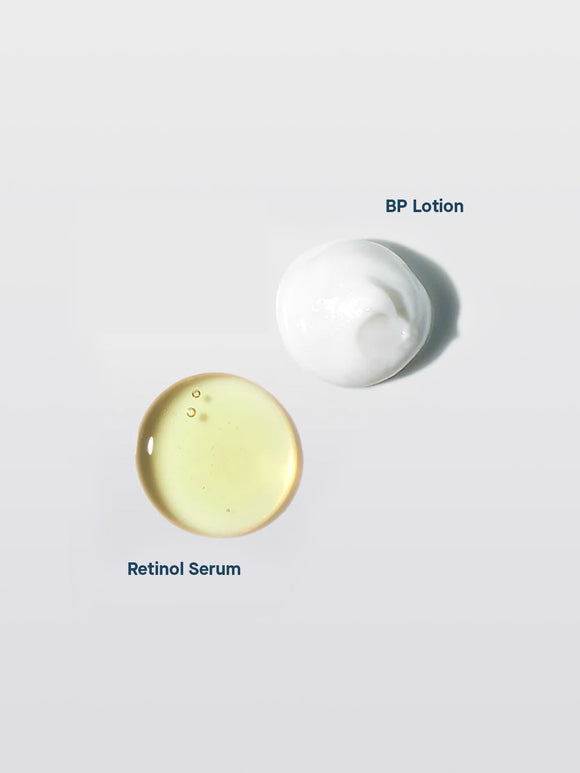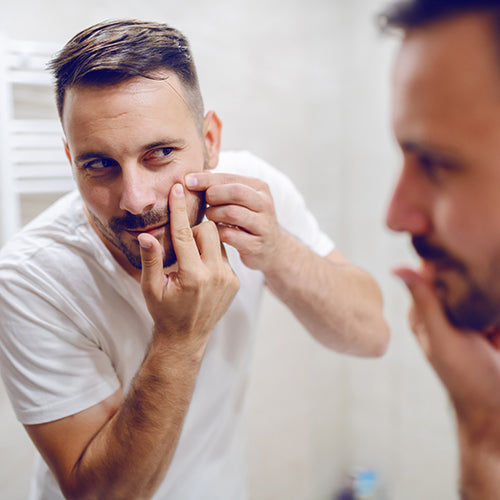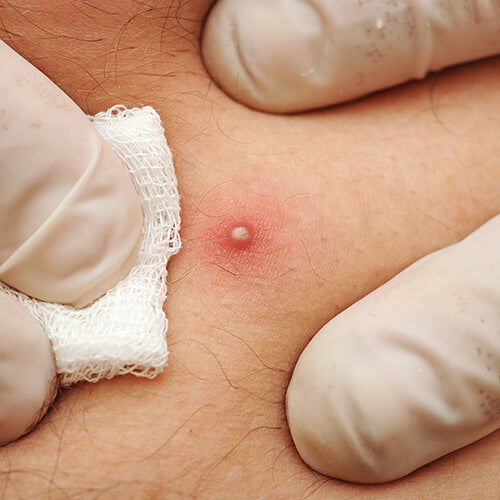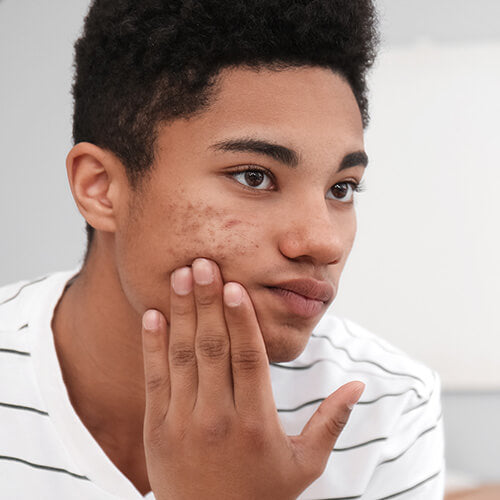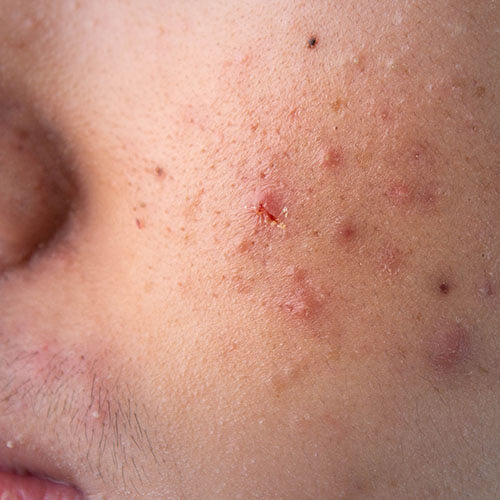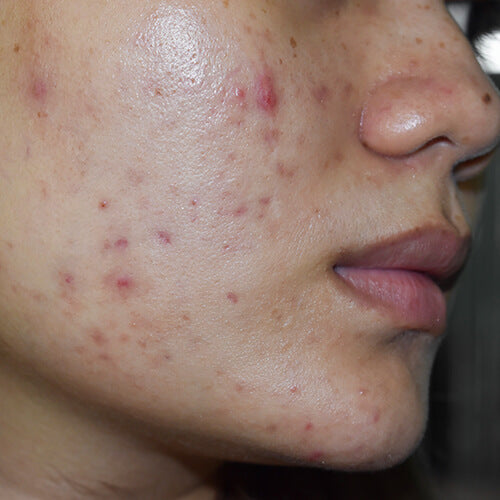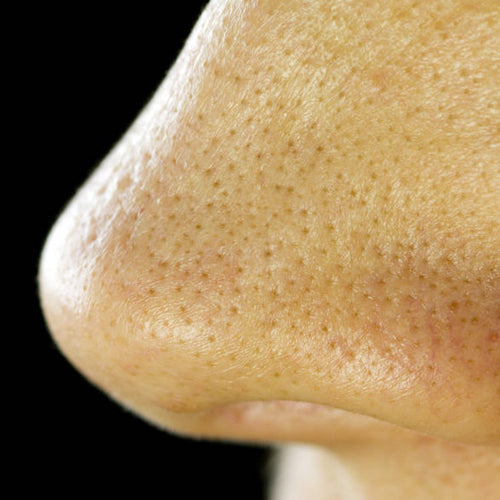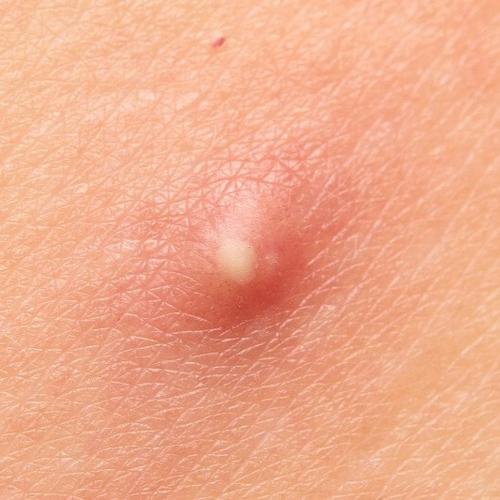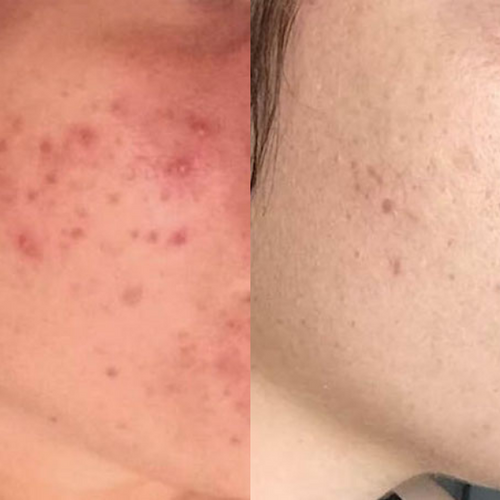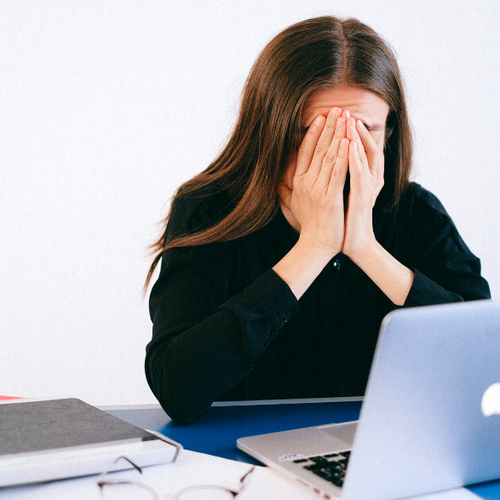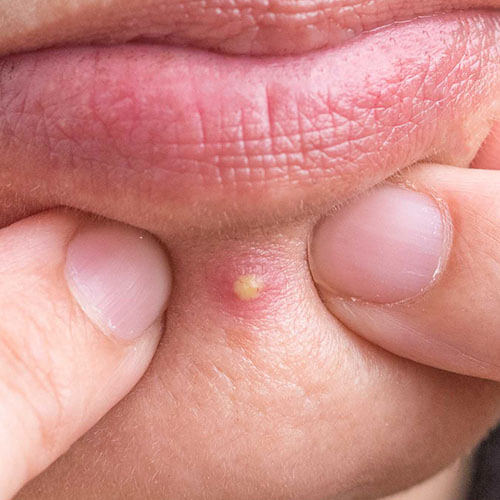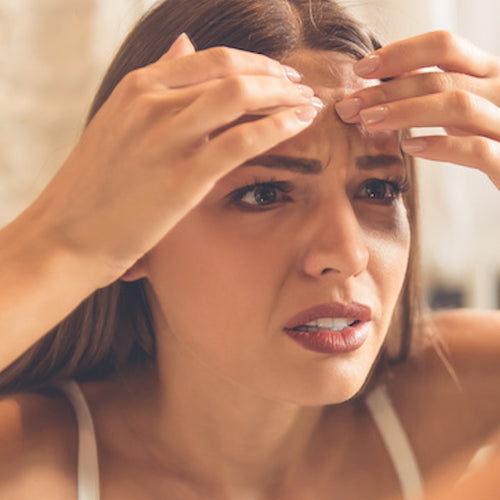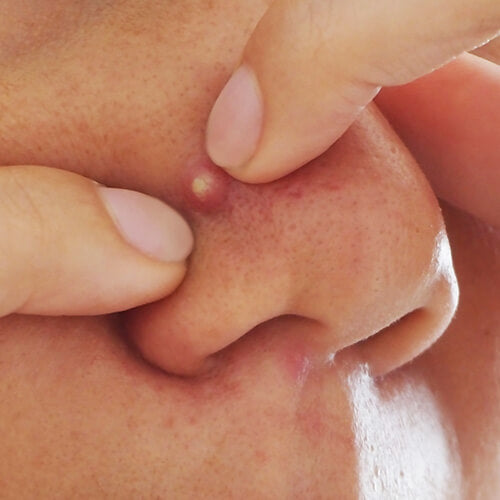
How Much Damage Does Picking Pimples Really Do?
What’s more tempting than popping a pimple? While it’s best to leave extractions to the professionals, Dr. Sandra Lee (aka Dr. Pimple Popper) says it can be done safely if you follow the proper steps. But picking at pimples (especially compulsively) is a different story: it can cause permanent damage — here's why.
Published:
4 minute read
What’s more tempting than popping a pimple? We certainly understand the desire: Dr. Pimple Popper is our founder, after all.
But as Dr. Sandra Lee — the board-certified dermatologist — always says, it’s best to leave extractions to the professionals. Since that’s easier said than done, Dr. Lee encourages everyone to pop safely by following a simple set of guidelines.
The last step? Walk away. No matter if you successfully expelled that pimple’s contents, or it just wouldn’t budge with gentle pressure, the best thing you can do afterwards is leave it alone. Here’s why.
Article Quick Links
What’s the difference between popping and picking a pimple?
We often use these terms pretty interchangeably, but popping a pimple is different from picking a pimple:
- Popping serves a purpose. Ideally when you pop a pimple, you’re doing so methodically (and safely!). The goal is to extract the contents with the hopes that it will heal more quickly.
- Picking is more mindless. When you thoughtlessly pick at a pimple, you’re more likely to irritate it and create a bigger wound.
When picking pimples becomes compulsive, it’s known as excoriation disorder, or dermatillomania. This is a serious condition that can leave permanent scars — so if you or someone you know might be experiencing signs, talk to a professional. Find more information and resources here.
Whatever the reason you pick at your acne, we’ll be the first to say: we get it. The urge to pick at acne is a mighty one. But we also have news for you: giving into this urge not only causes damage to your skin, but also makes your pimples hang around much longer than if you’d simply left the spots alone.
Why is picking at pimples so bad for you?
This isn’t just a ploy by estheticians and dermatologists to get you in for a visit: there are many reasons why picking at pimples is bad for your skin.
Picking is unsanitary
It’s likely you’re either absentmindedly picking at your skin throughout the day or you’re picking with intention in front of a mirror. In both cases, you’re probably using your fingers and fingernails, which carry with them the day’s dirt,oil and bacteria.
Simply put: picking is unsanitary, and the introduction of new bacteria to already damaged tissue could lead to infection (read: more pus).
Picking causes further breakouts
Having your fingers on your face doesn’t lead to clearer skin. In fact, that oil, dirt, and bacteria we mentioned above gets passed from your fingers to your skin, leading to more breakouts. Also, if you picked the top of an inflamed pimple, you may be bursting the pustule sac and ejecting pus, sebum and/or bacteria willy-nilly.
When that happens, the pustule’s contents can migrate into other pores, spreading acne beyond the confines of the original spot.
Picking causes skin discoloration
This is where picking truly leaves its lasting mark. You may think that you’re eradicating that annoying pimple, but you might be creating long-term hyperpigmentation — even scarring — instead. Hyperpigmentation may appear brown for darker skin tones and red or purple for lighter tones, and it can be tough to get rid of.
Sometimes, dark marks don’t go away in time. And if your picking is enthusiastic enough, you could end up with a healing problem that creates a permanent scar.
How do you stop picking at pimples?
While it may seem a daunting task, it is possible to curb your urge to pick at your acne. Here's what you can do to get started.
Manage your acne
If you’re prone to pimple picking, the first step is to get your acne under control. Dr. Lee recommends ingredients like salicylic acid, benzoyl peroxide, and retinol — all found in SLMD Acne System.
If you’ve been using a regimen for a couple of months without much result, or you’re worried about scarring, visit a dermatologist. They can assess what’s going on and prescribe other drugs if needed.
Spot treat
Dr. Lee also recommends spot treatments when random pimples pop up. Salicylic acid is great for blackheads and whiteheads (try Salicylic Acid Spot Treatment), while benzoyl peroxide works well on inflammatory acne (try BP Acne Spot Treatment).
For larger areas on both face and body, try patch masking with your favorite acne treatment mask.
To really keep your hands off, consider medicated acne patches. SLMD Salicylic Acid Pimple Patches are ultra-transparent and are formulated with salicylic acid to soak up pus and protect pimples as they heal.
Set reminders
Once your acne is under control, you may discover that your desire to pick disappears right along with your pimples. However, if you find yourself still picking at your skin despite a decrease in bumps, you may want to ask a friend or coworker to monitor your picking, so you become more conscious of the habit.
Or, leave yourself “don’t pick” reminders on sticky notes in the bathroom or around the house. If you have tools you use for picking, toss them; having them around could be too tempting to resist. In fact, if part of your picking ritual involves a magnifying mirror, consider putting that mirror away as well.
Dr. Lee’s last word
I’m a dermatologist — but I’m also a realist. I know people are going to pop their pimples. Using an acne regimen and spot treatments can help a lot. But if you find yourself unable to resist picking at your acne, and it’s leaving marks, it’s time to talk to a doctor.
—Dr. Sandra Lee



